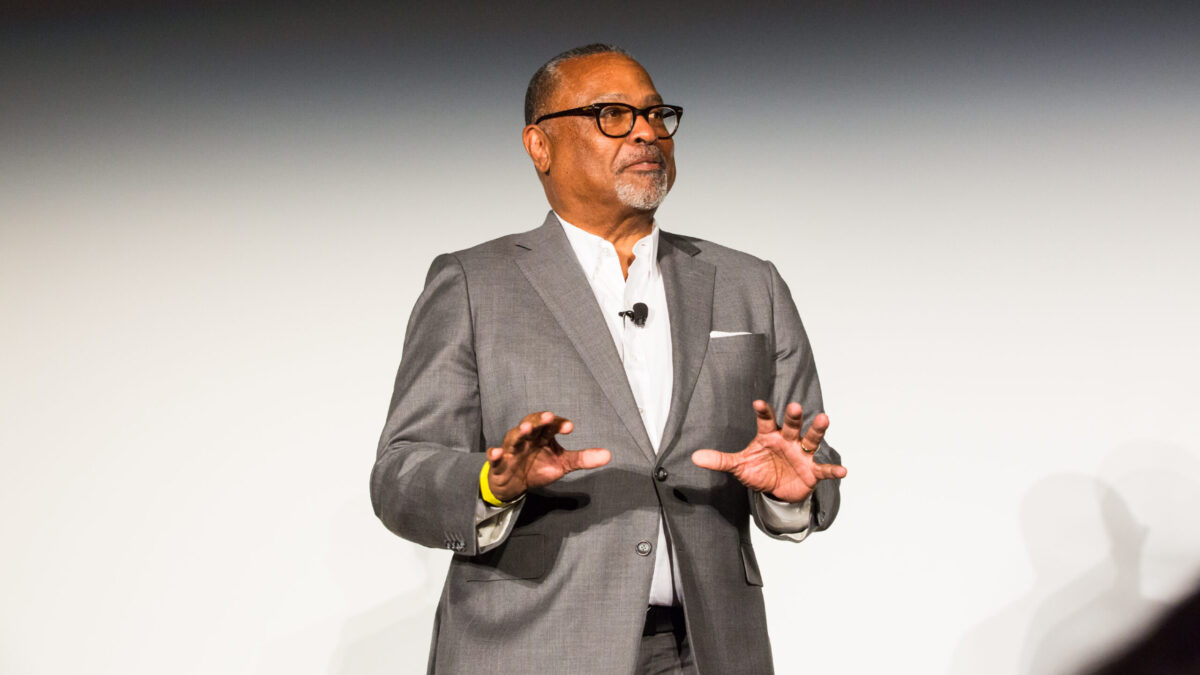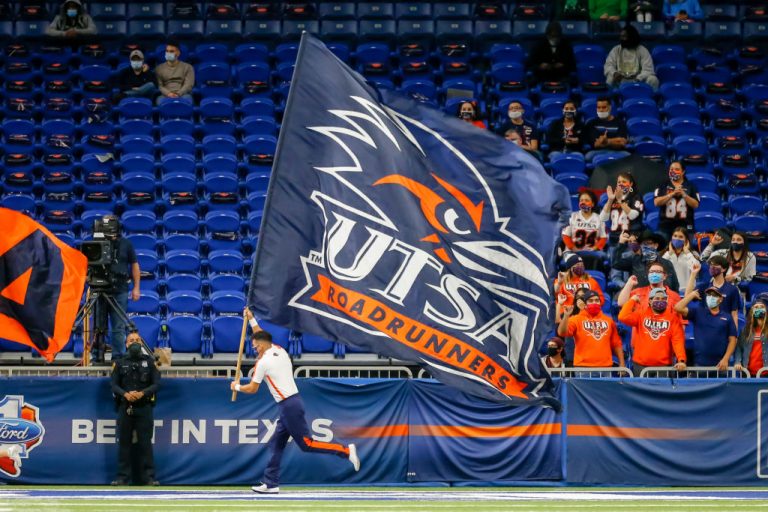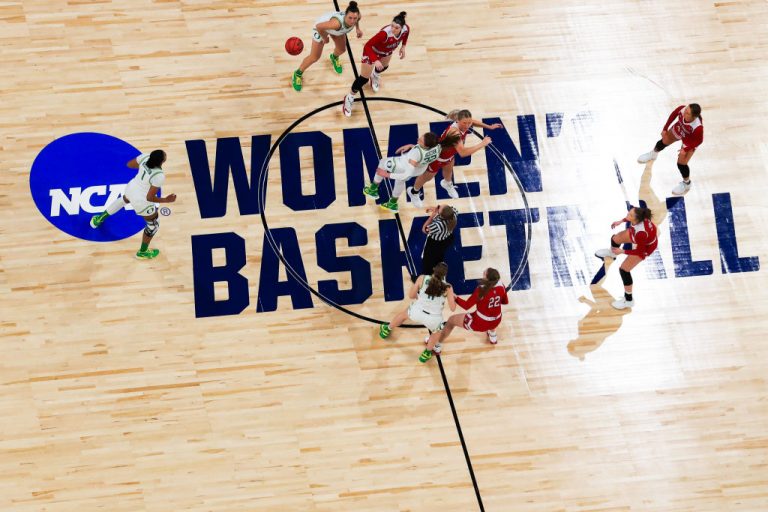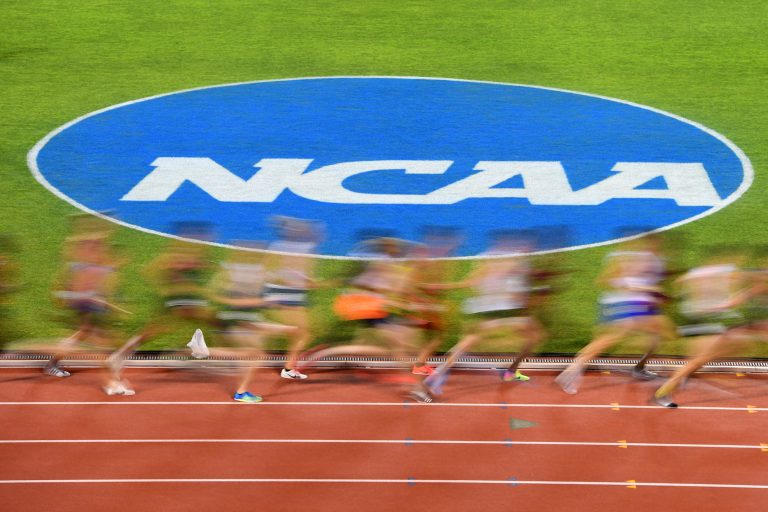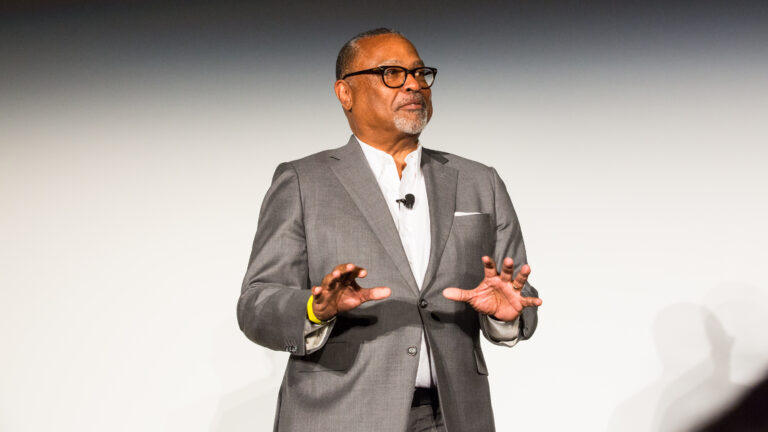From the Supreme Court to practice fields around the country, the NCAA is changing
Why this matters
Kenneth Shropshire, CEO of the Global Sport Institute, shares his perspective on how the NCAA is transforming and how race, gender and education level remain impediments to an equitable college sport system.
It's a busy time for the NCAA. Litigation pertaining to Name, Image and Likeness rules continues to trickle through our court system, while competitors such as the NBA G League professional pathway program and Ignite team (a group I taught this past term), the Overtime Elite league (where I am an advisor) and the Professional Collegiate League have made college basketball’s status a bit murky over the next few years. This all makes for a ripe opportunity to take a closer look at the people leading college sports programs.
The NCAA was not immune to the criticisms and activist energy that took hold of sport and society in 2020, and our latest Global Sport Institute Field Study seeks to explore the demographics of those hired to NCAA athletic director seats over the past decade. Nearly 250 universities changed athletic directors from 2010-19, and the vast majority of all positions were held by White men. While Black men and White women saw a small jump in their relative prevalence in AD positions, for the most part, there are few surprises in this volume of research, just hard data verifying what our eyes have told us.
A key focus for us, and one that is not done often enough in such studies, is to look more closely at intersectionality in these hiring practices, and not just the binary Black-White/man-woman analysis. With that in mind, we sought to demonstrate how gender and race/ethnicity together changed how often a demographic group was hired into an athletic director position.
What we found was that on average, between zero and four women of color were hired annually across Division I, and that the gradual increase in the proportion of women hired annually was driven in large part by the hiring of more White women.
The role of HBCUs in these trends is fascinating as well. A large portion of the Black men and women hired as athletic directors were brought on by HBCUs, though these schools hired zero Latino/a or Asian American ADs last decade. For the most part, if a demographic change was made in an HBCU’s AD hire, it was to replace a White man with a Black man.
Another less-researched factor in this space is how candidates’ education level plays a part in hiring practices among athletic director positions. When we take into account where newly-hired ADs received their Bachelor’s degrees, the data show that White ADs are more likely to have received their undergraduate degrees from Division III schools than ADs of Color.
More strikingly, of the 11 Black women hired into AD positions last decade, ten had some sort of graduate degree, compared to White men hired into the same position, of which 22 percent had a highest level of education as a Bachelor’s degree.
When I consider what the NCAA will look like going forward, part of my focus is on this greater diversity among those at the very top of the organizational hierarchy. A great deal of my thinking, however, goes toward what the non-NCAA structures will look like for college athletes. That is why we take interest in programs like the NBA G League, which is improving paths to provide greater professional opportunity and resources to young basketball players, but is still developing the means to educate the young men it brings into its ranks. The same looks to be true for Overtime Elite and the Professional Collegiate League. Time will tell.
This month, we bring to life this crossroads for the NCAA as well as these Field Study findings in the form of our digital issue: The Administration of Change.
Our contributors sought out an answer to the question “What are the necessary qualities of an AD?”, developed a working concept of the financial and moral value of athletic department diversity, and asked why the numbers of non-Black ADs of Color remain so low.
Throughout May, we added to this issue with a history of Black women athletic directors and the role HBCUs have played in the professional pipeline over time; and an exploration of why so few women coach girls' teams across all levels of sport.
As always, you can find our work in audio and video form as well, with several monthly podcasts episodes on the Global Sport Matters feed as well as a virtual GSM Live panel from Friday, May 14,on the journey of an athletic director in the college sport ranks.
All of this month’s work strives to develop a deeper understanding and proof of concept for sustaining and nurturing a diverse athletic department. Between pressure for more inclusivity, Supreme Court intervention and new laws emerging from state legislatures around the country, will there be a new and improved marketplace for college sport?
We’re a long way off, but already imagining it.
Kenneth L. Shropshire
CEO, Global Sport Institute
adidas Distinguished Professor of Global Sport
Monthly Issue
The Administration of Change
Higher education is an environment ripe for discovery, new knowledge, and innovation. However, the role of Athletic Director at university levels still reflect the commonly seen disparities between representation of race, gender, experience, and perhaps most ironically - education level.
Beyond Black and White, what are the underlying factors for the still murky ‘pipeline’ to administrative leadership in U.S. college sport?

